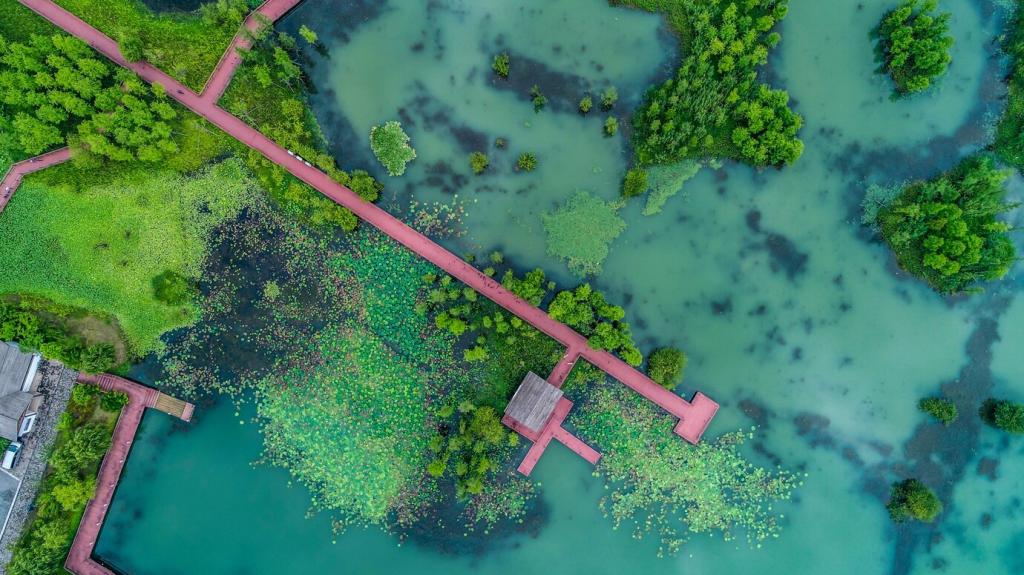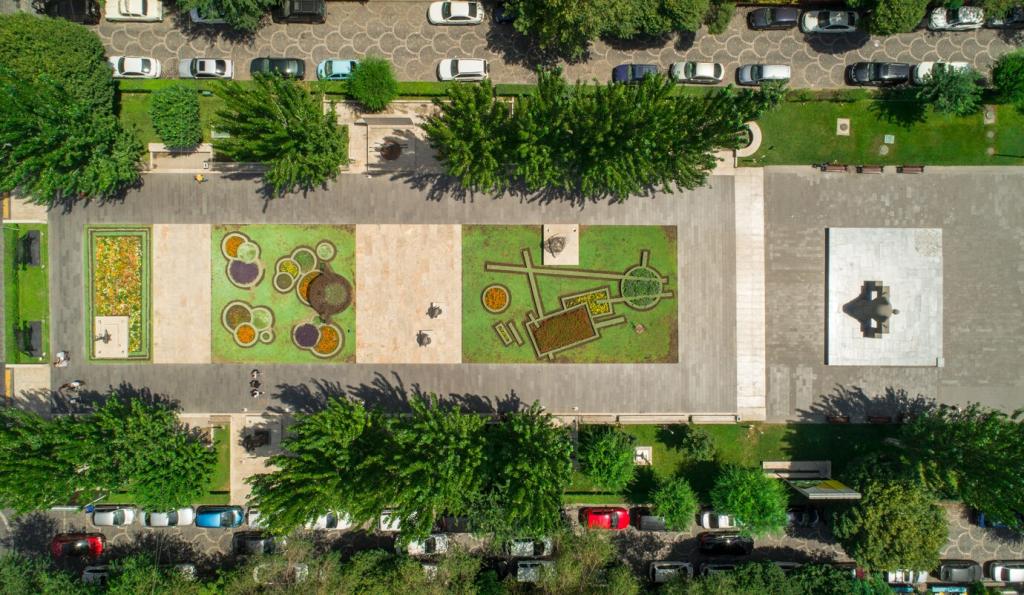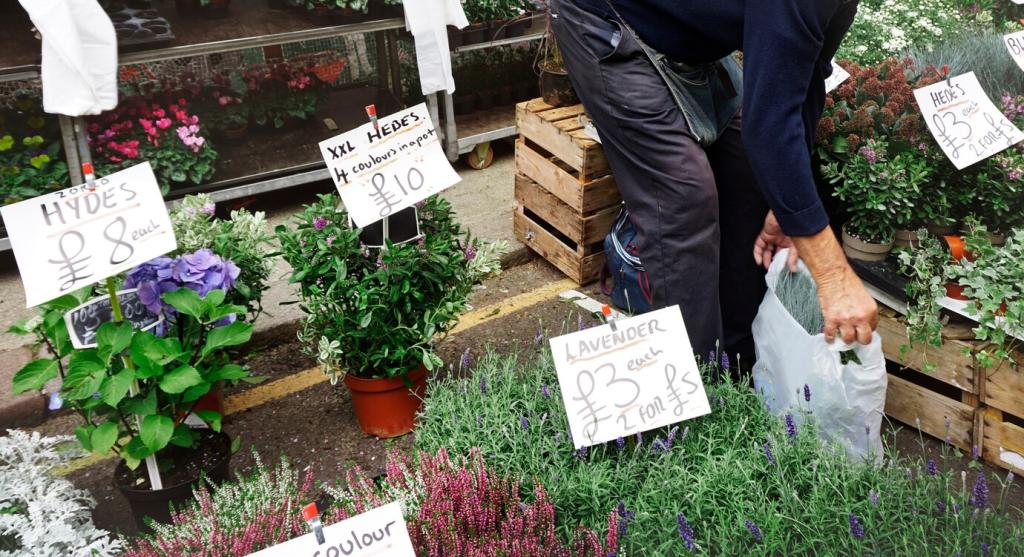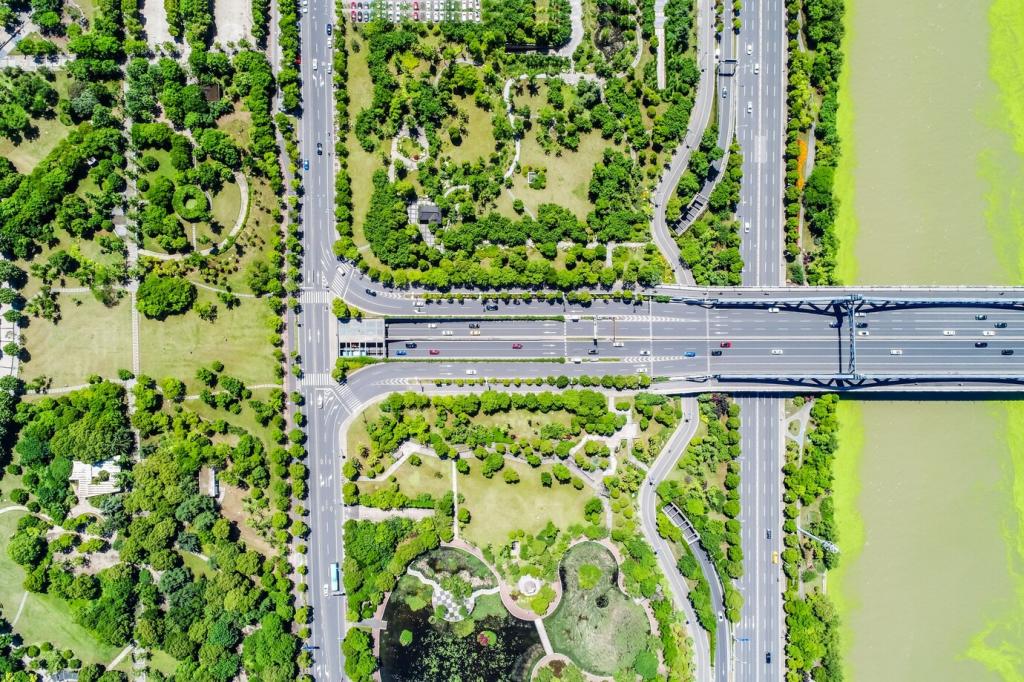Nature-Infused Play for Curious Minds
Small hills, berm slides, and stepping stones spark imaginative routes and body awareness. A neighborhood in Eugene added a grassy mound, and kids created daily obstacle rituals. Share your terrain ideas, from dry creek beds to climbing knolls.
Nature-Infused Play for Curious Minds
Stumps, branches, buckets, and movable planks let kids prototype worlds. Rotating natural loose parts keeps play fresh without constant new equipment. Comment on stewardship rules that keep pieces available, safe, and community-owned.
Nature-Infused Play for Curious Minds
Native trees and perennials cool equipment and host butterflies, while seasonal color teaches time. Ask about species suited to your region, and subscribe for maintenance calendars tailored to community volunteers.






